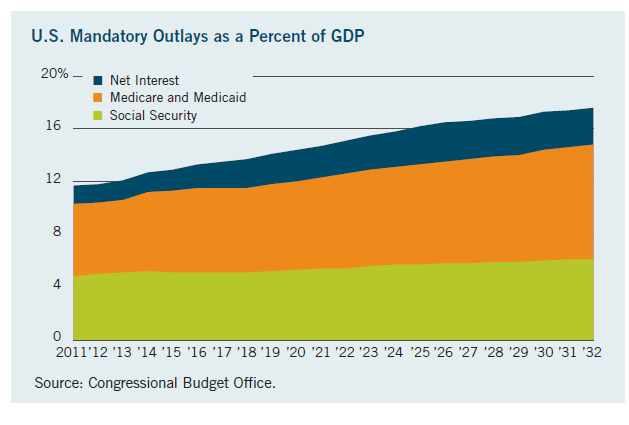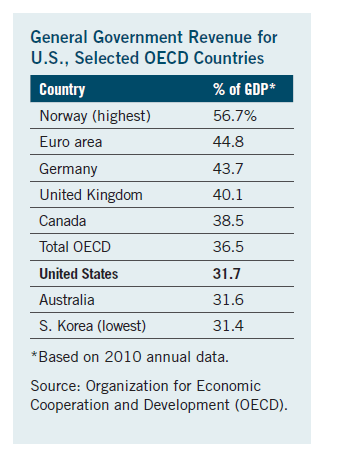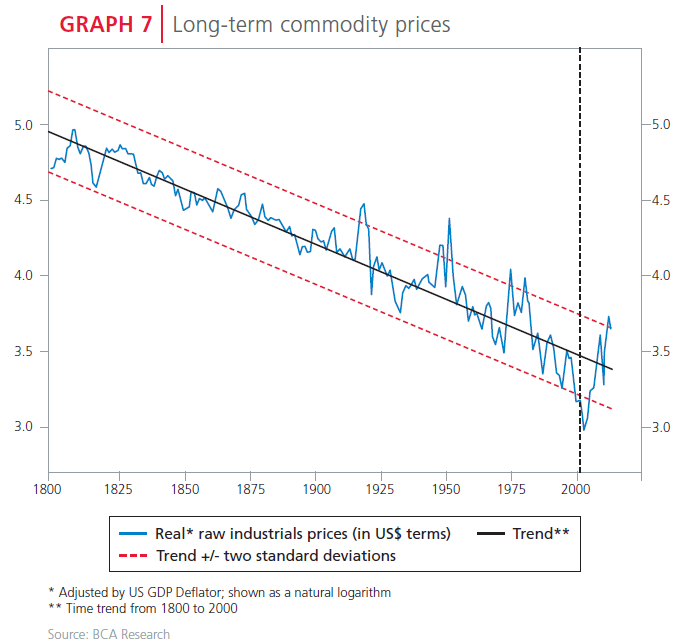Canada’s hot condo market set to get even hotter
Is China to blame for the 2008 financial crisis?
Why the tide has turned in Brazil’s favour
Drought Only One Factor Behind High Food Prices
Is the financial sector worth what we pay it?
Indonesia: full steam ahead to an overheated economy?




